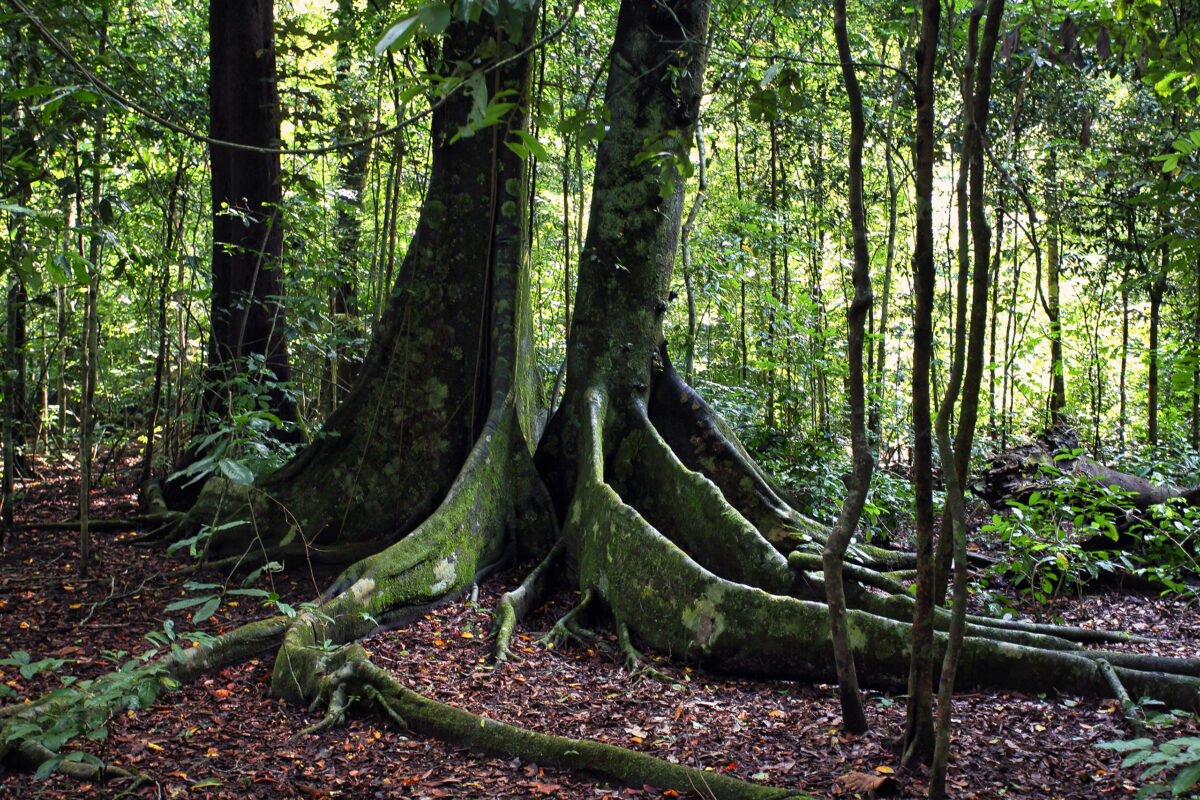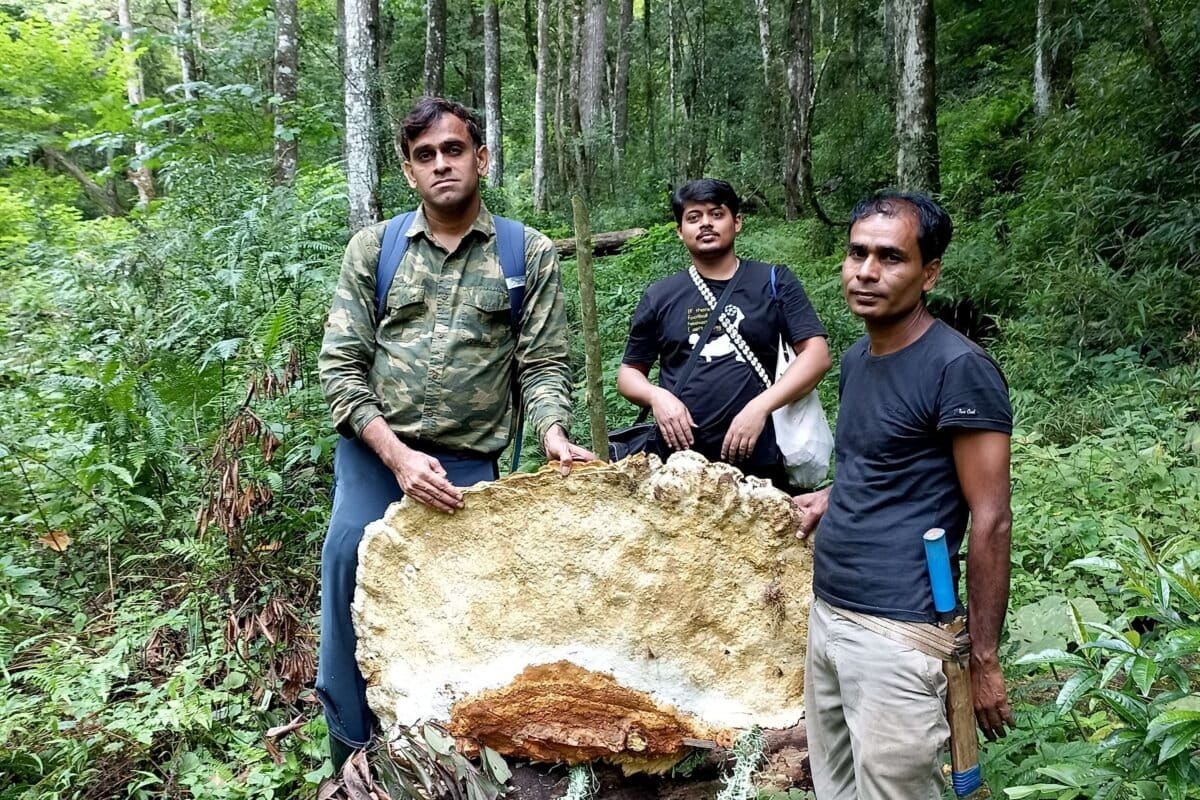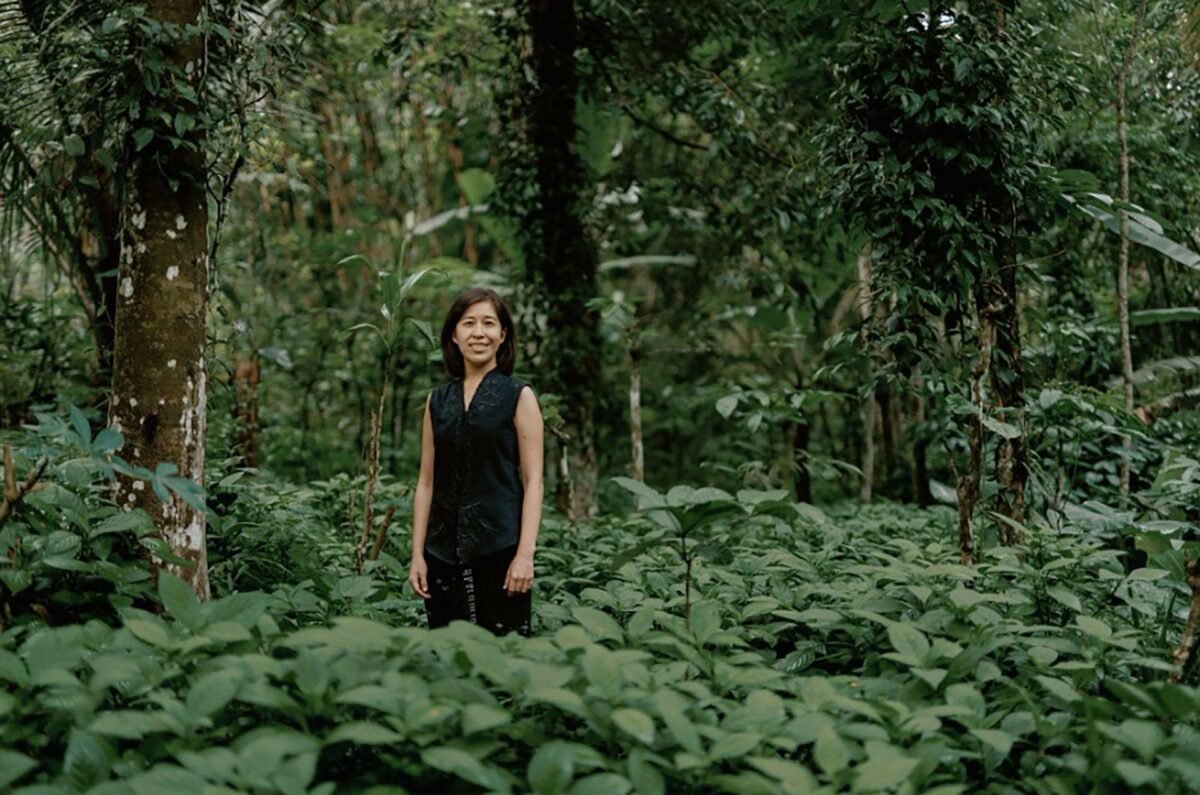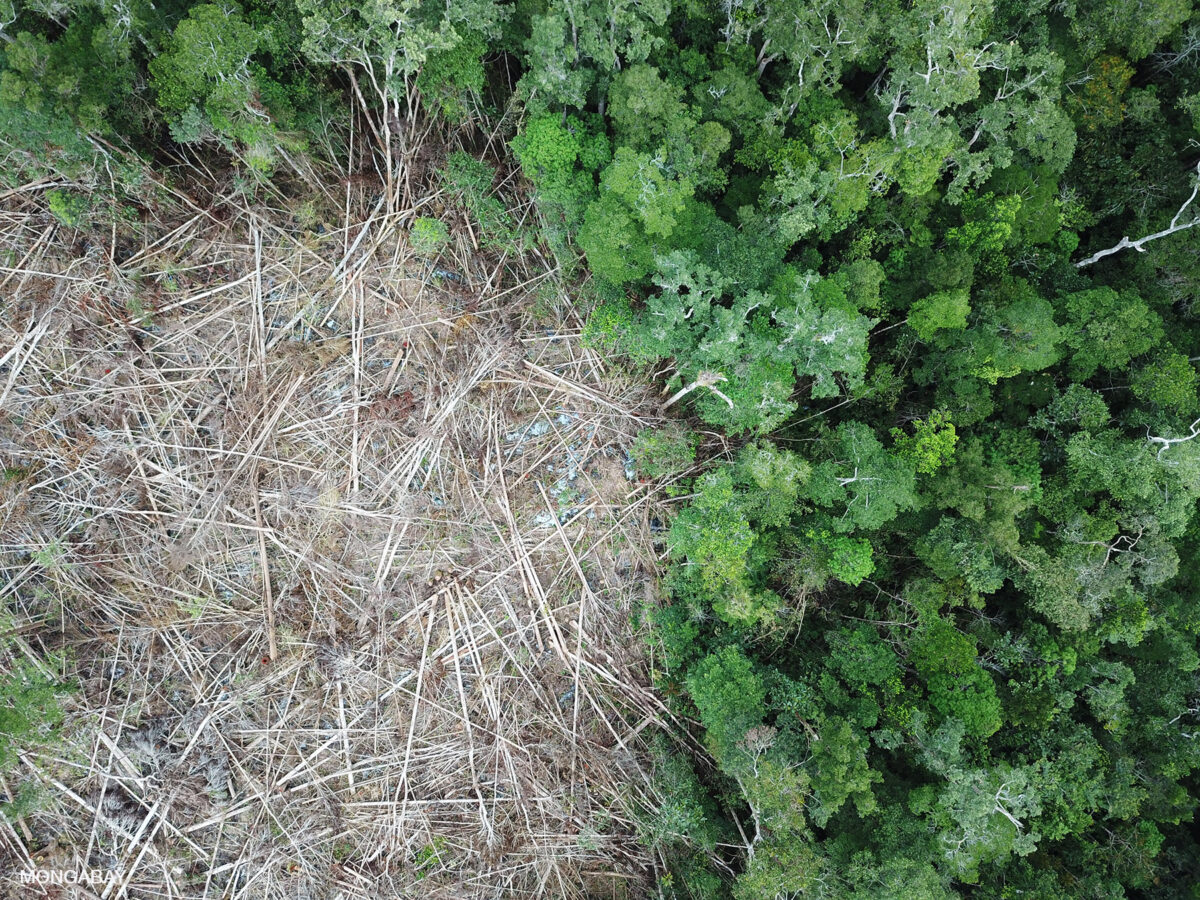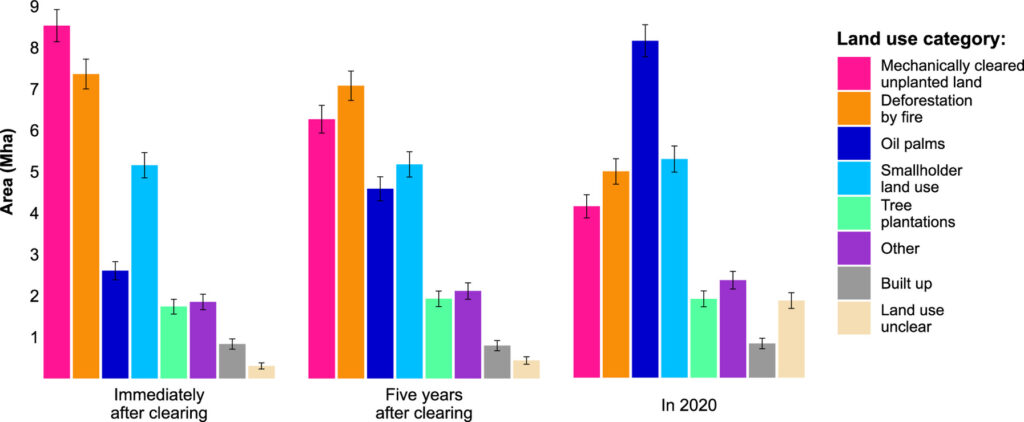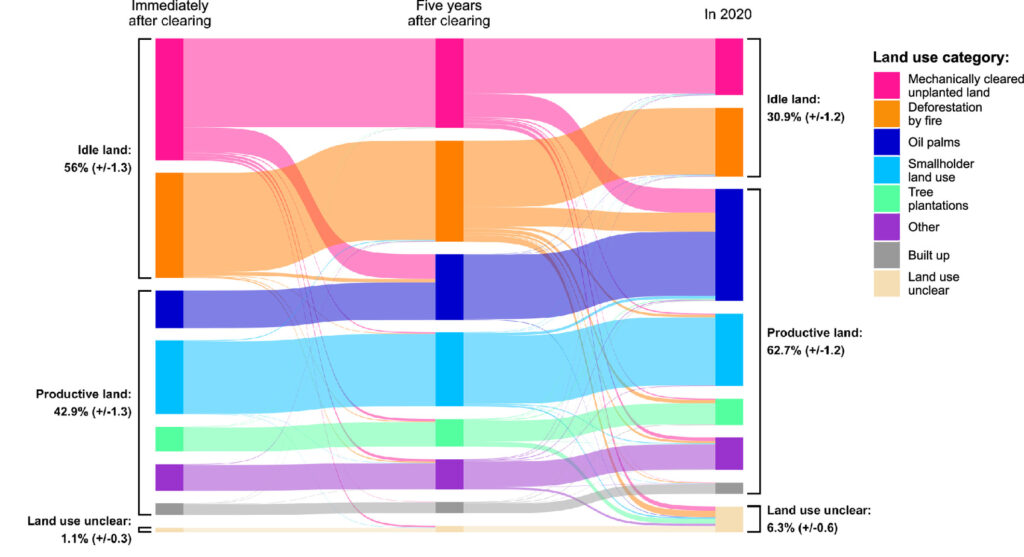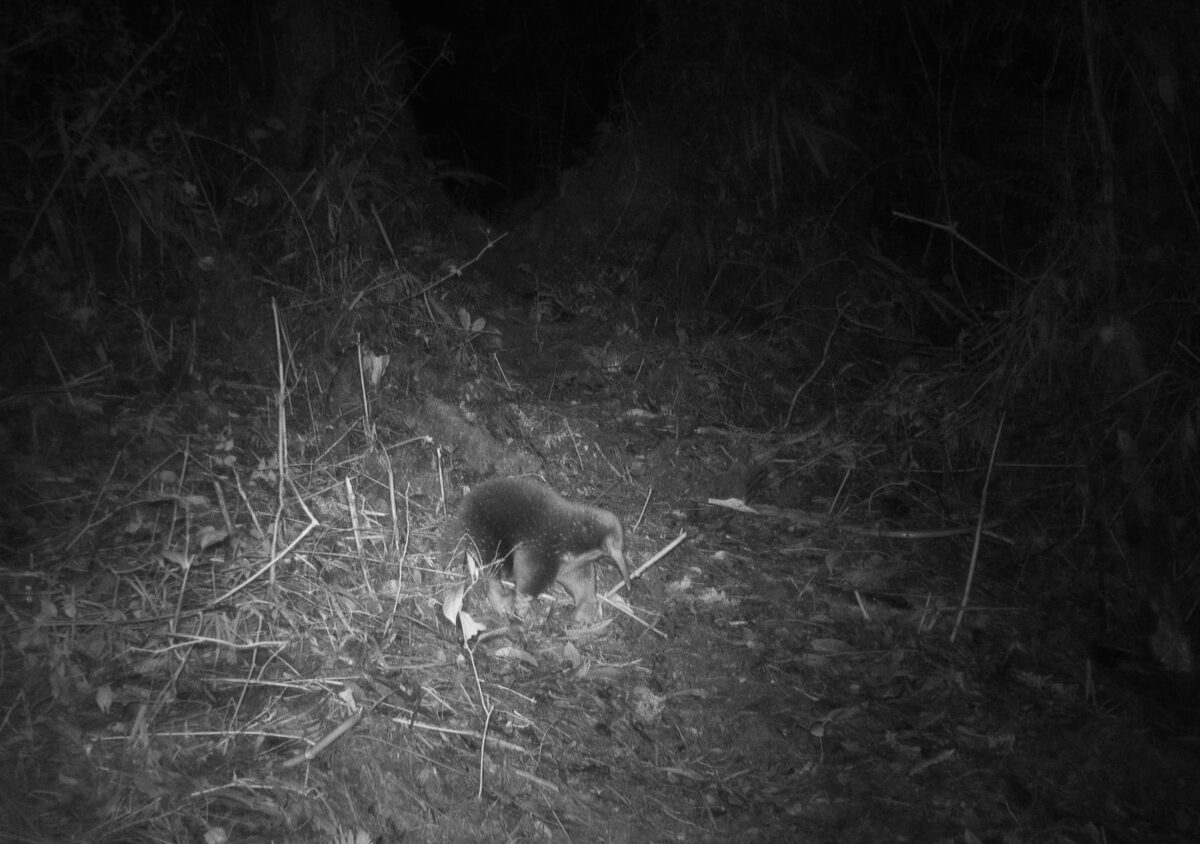In Indonesia’s courts, truth can be a lonely witness.
For more than two decades, professors Bambang Hero Saharjo and Basuki Wasis of the Bogor Institute of Agriculture have stood where science meets power, testifying against companies accused of torching forests and draining peatlands. Their measurements of ash and carbon and their calculations of hectares lost have given judges a way to translate ecological ruin into the dry language of liability. For that service to the public, they have been repaid with lawsuits, harassment, and danger, reports Rendy Tisna.
Last October a court in Bogor, west of Jakarta, offered a rare reversal: it dismissed a civil suit brought by PT Kalimantan Lestari Mandiri, a palm-oil firm once fined for fires that scorched more than 800 hectares of Borneo peat. The company had sought billions of rupiah in damages from the very experts whose testimony helped convict it years earlier. The judges ruled for the scientists. “Hopefully this will set a good precedent to protect environmental defenders,” Bambang told Mongabay Indonesia after the verdict.
It was the fourth such case he has endured. Each time, the aim has been less to win than to exhaust—one more strategic lawsuit against public participation, designed to make truth-telling unbearably costly. “If we keep getting sued like this,” he warned, “the environment will become increasingly neglected.”
Their victory was cheered by activists and the environment minister alike, who called the suit a “form of SLAPP” and praised the decision as proof that Indonesia’s judiciary could still defend its defenders. Yet it is a fragile shield. Dozens of scientists, journalists, and campaigners have faced similar tactics, and enforcement of environmental judgments remains weak. The fires continue to burn.
Both men might have chosen easier paths. Their expertise in forestry and soil science could have earned them corporate consultancies or quiet academic lives. Instead they have lent credibility to the state’s most controversial prosecutions—often at personal cost, under threat, sometimes alone. In 2019 Bambang received the John Maddox Prize for standing up for science; the honor did little to stop the attacks.
What sustains them is a conviction that evidence matters, even when power denies it. They keep returning to court, peat samples in hand, as if proof itself were an act of faith.
“The environment,” Bambang once said, “is the lifeblood of the planet, and we must protect it together.”
